What type of portable battery do you need to charge your e-bike?
Not always do you have a plug nearby and sometimes these are useless. But aside from exceptional situations, the truth is that more and more cyclists are looking for ways to recharge their electric bike away from home, whether on long routes, van trips, etc. In that case portable batteries are the best option, but not all of them are suitable for charging an e-bike. In this article we explain what options exist and what minimum specifications you should consider.
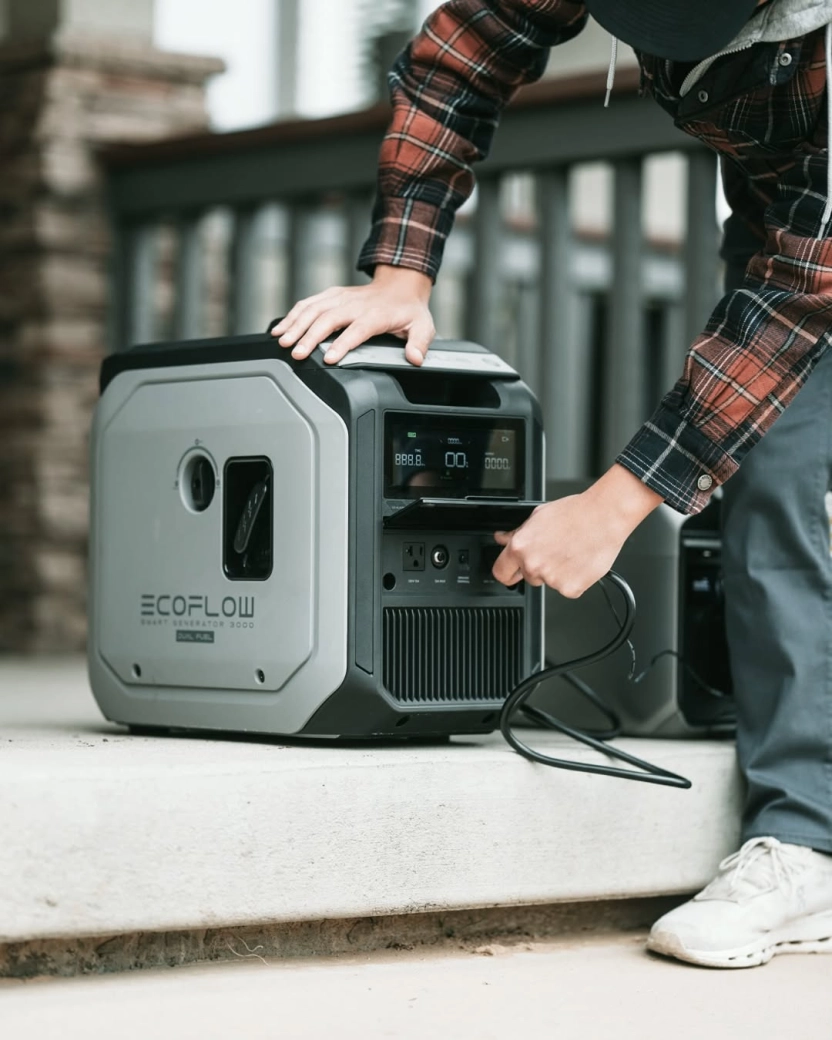
What type of portable battery do you need for an e-bike? Requirements and recommendations
The first thing to remember is that e-bikes usually use chargers with standard alternating current (AC) plugs, just like the rest of the usual electronic devices or appliances. This means that you need a portable battery that includes an alternating current (AC) output, not just USB ports.
In addition, the portable battery must be able to supply the appropriate power for a sufficient amount of time to complete a charge or at least a partial charge.
RECOMENDADO

25 cycling gifts ideas to get it right

When do helmets have to be changed? Do they have an expiration date?

How many days should a cyclist rest per week?

Some reasons to stay away from the road in winter
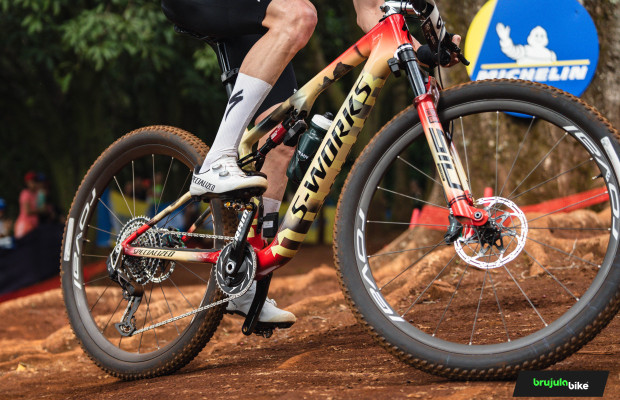
S-Works: what does it really mean and where does Specialized's most exclusive label come from?
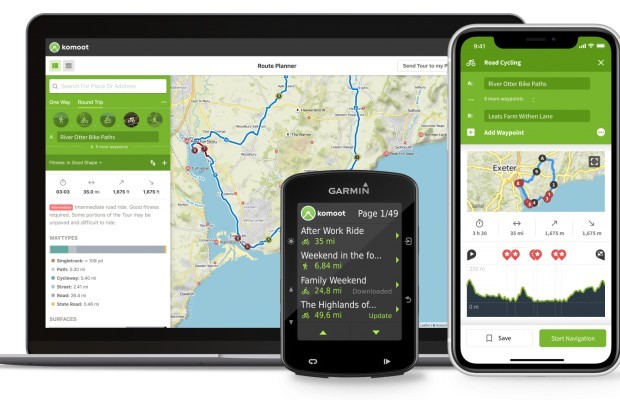
The best apps for cycling and mountain biking
1. Output power (W)
Your portable battery must have a continuous power output greater than the power of your e-bike charger. If your charger consumes 90 W (typical for a 500 Wh battery), you will need a portable battery that delivers at least 100 W of continuous AC output. It is important not to confuse peak power with continuous power, which is what it can actually sustain throughout the entire charge.
For example, for an eMTB like the new Turbo Levo the original Specialized charger is 4 A at 42 V, which is equivalent to 168 W. Therefore, the portable battery must offer a continuous AC output of at least 200 W to ensure efficient charging.
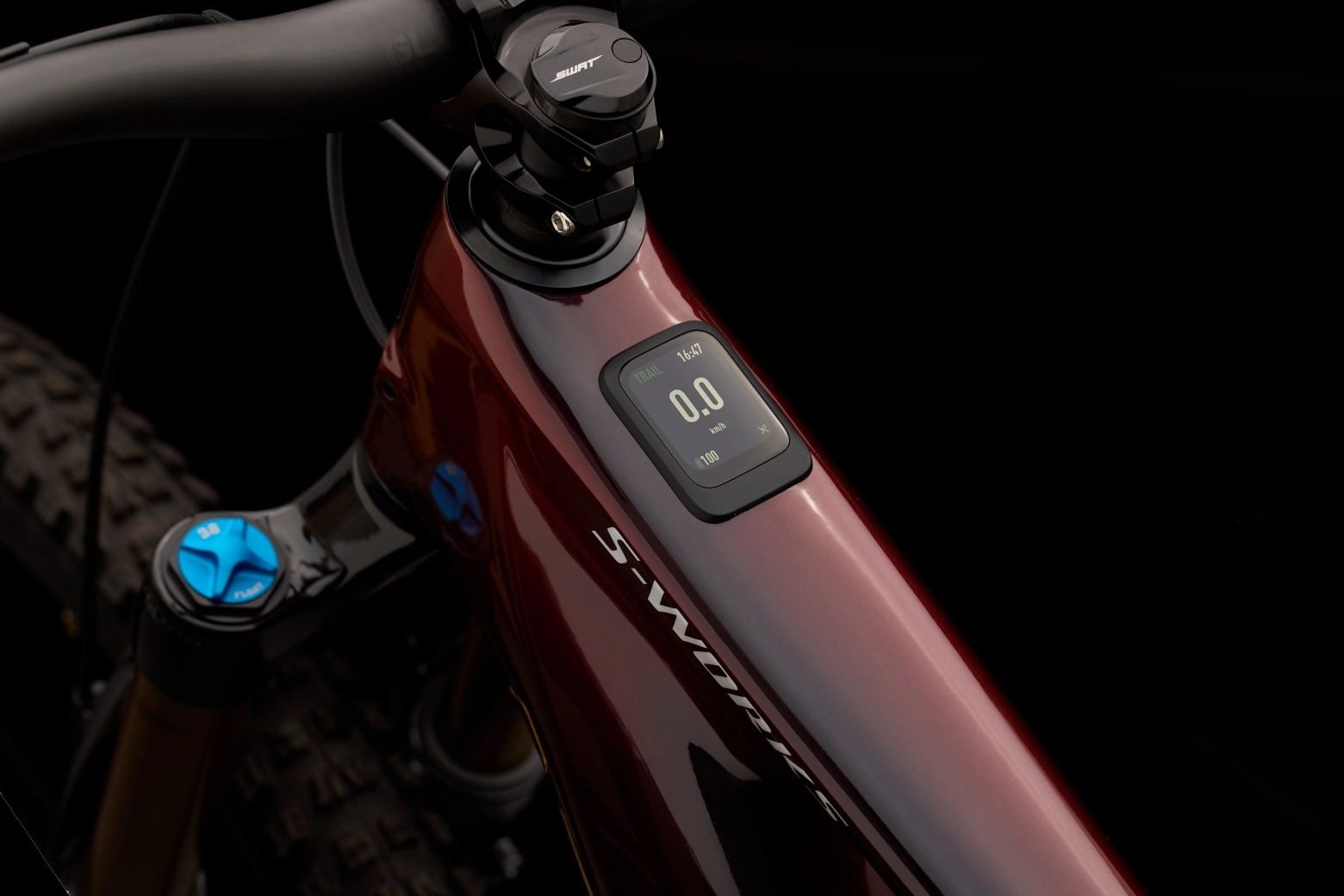
2. Energy capacity (Wh)
For it to make sense, your portable battery must store enough energy to make at least one full recharge of your bike's battery. For example, if your bike's battery is 500 Wh, and you want to recharge it to 100%, you will need at least a portable battery of about 600 Wh or more (considering efficiency losses, which are usually around 10-15%). For partial recharges (for example, from 20-80%), you could manage with 300-400 Wh.
Continuing with the example of the new Turbo Levo, which includes an 840Wh battery, you would need at least 1000 Wh for a full charge.
3. Pure sine wave output
Many e-bike chargers require a pure sine wave signal (unmodified). This prevents the charger from overheating, malfunctioning, or even getting damaged. Make sure that the portable battery specifies "pure sine wave" in its AC output.
Other recommended features
As you can imagine, portable batteries with the minimum specifications needed for any electric bike are not light or small. We are talking about batteries that take up the space of a portable fridge and weigh from 4 to 6 kg.
In that context, it is most advisable to choose a battery according to your needs. If it is to be left at home, you can opt for heavier and larger models, but if you plan to take it in the car or van, make sure it has a weight and size that does not make you hesitate to take it with you or not.
Another highly recommended feature is that it has fast charging system, so that when you have access to a plug, it can be charged in the shortest time possible. And also that it offers various recharging systems, for example, that it can be charged in the car or that it has solar recharging system.
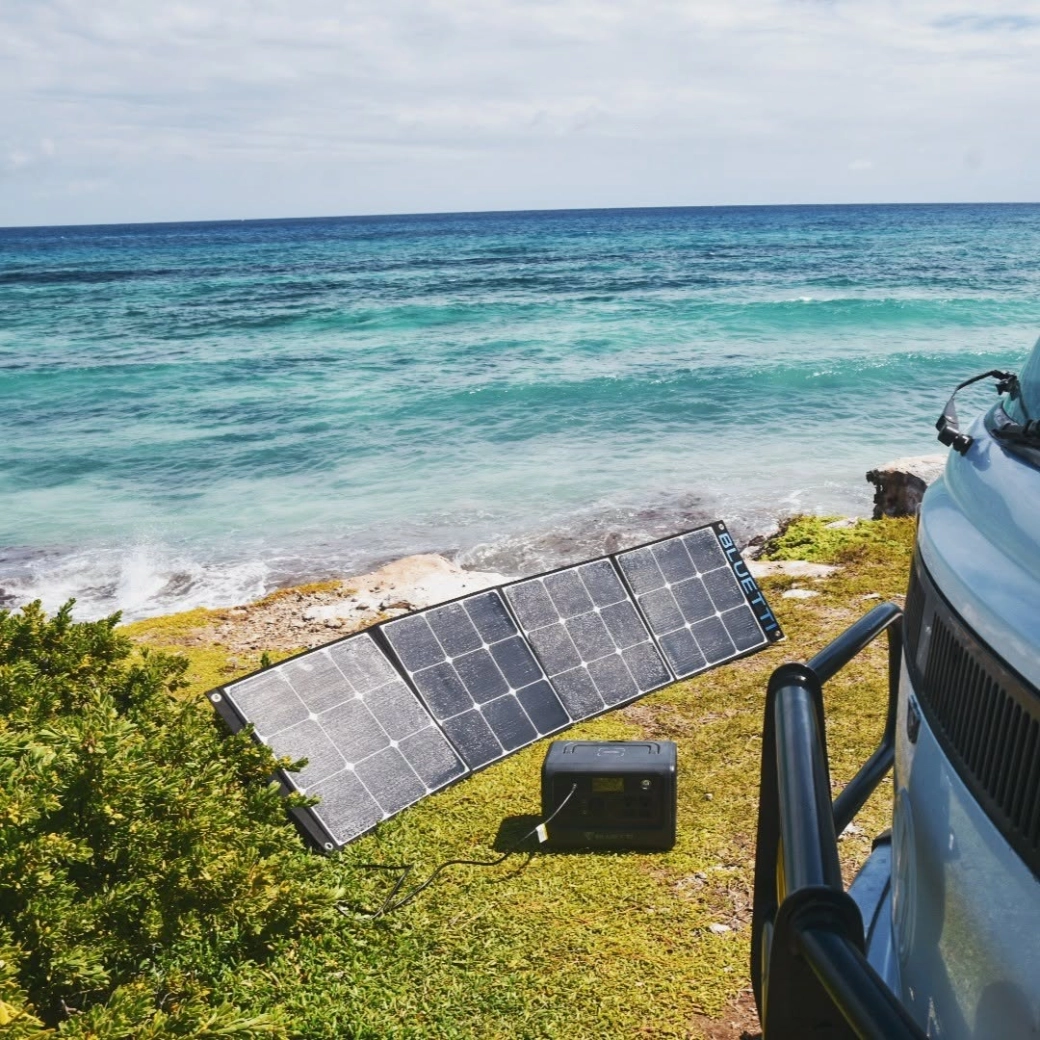
Some models include or allow attaching portable solar panels. These models allow you to directly connect panels (usually portable and foldable) to recharge. But here you should also know that the charging speed will not be fast and will depend on the power of the panel, sun conditions (time of day, cloudiness), and the efficiency of the panel-battery connection.
The price of these types of batteries usually varies greatly between brands and models, but they usually start at €250 and the average is around €500.